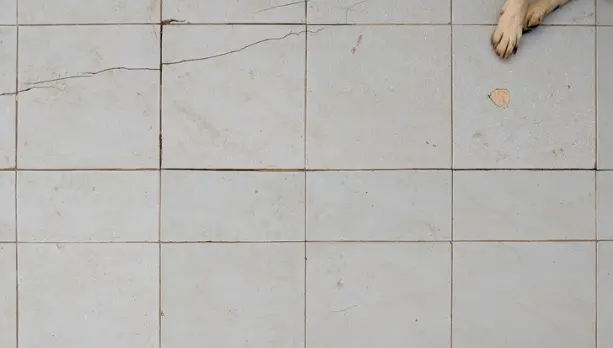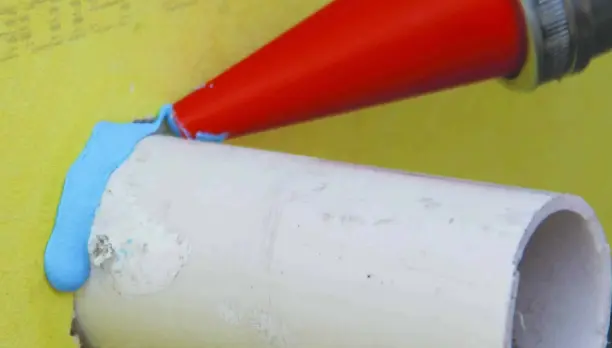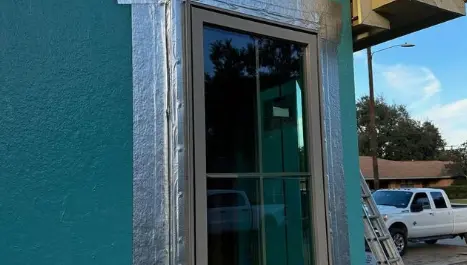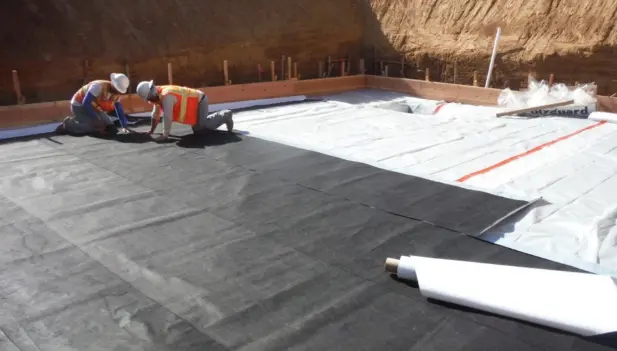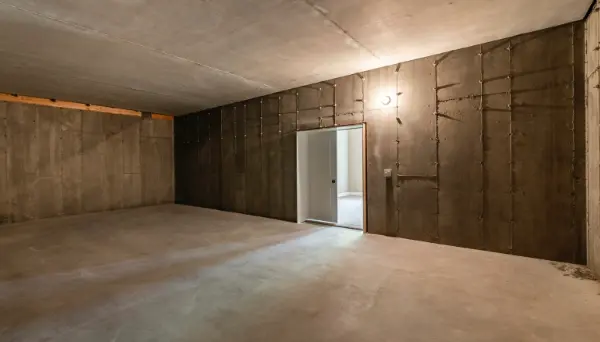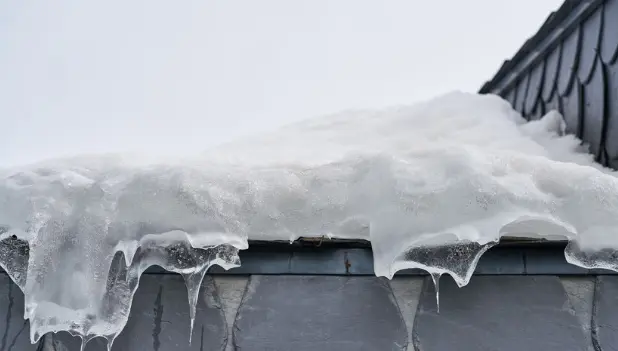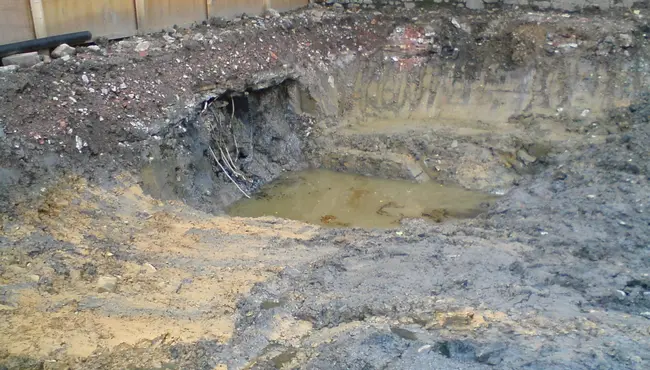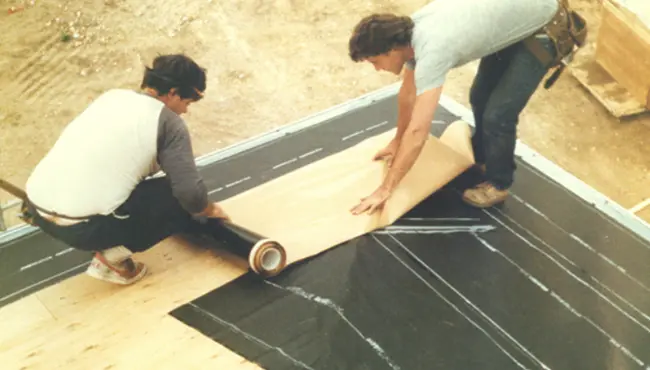Even small gaps—like the ones between concrete slabs and walls—can turn into big problems if they’re left alone. Moisture sneaks in, pests find their way through, and over time, you could be looking at serious structural damage. The good news? A little know-how goes a long way. Taking care of these gaps the right way can help you avoid costly repairs and keep your structure strong and secure.
Why Do Gaps Form Between Slabs and Walls?
Concrete moves—expanding in heat and contracting in cold. Over time, this shifting causes slabs to pull away from adjoining walls, creating gaps that grow wider if left unaddressed. While sill plate barriers like Polyguard's TRM Sill are typically installed as the first defense against moisture and pests, additional gaps can still form as concrete settles. That’s why filling the gap between concrete slab and wall is critical to protecting a structure from long-term damage.
Common Places Where Gaps Form
In homes with garages or basements, gaps often appear where the slab meets exterior walls, especially when soil shifts from seasonal moisture changes. These areas are common weak points where water and pests can easily enter if left unsealed.
How Environment and Installation Play a Role
In areas prone to heavy rain, flooding, or freeze-thaw cycles, gaps between slabs and walls form even faster. Concrete expands and contracts more severely when exposed to wide temperature swings, making gaps a recurring issue in northern climates. In regions with clay-heavy soils that shrink and swell, or in places where improper site grading allows runoff to pool near foundations, slabs can settle unevenly, pulling away from walls and opening critical voids. Poor installation practices, such as skipping proper expansion joints or miscalculating curing needs, also set the stage for these gaps to appear much sooner than they should.
What Happens if You Don’t Fill the Gap — and Why Sealing Matters
Leaving the gap between a concrete slab and the wall unsealed is like sending an open invitation to moisture, pests, and long-term structural problems. Even small openings can let water seep into the foundation. Once inside, that moisture can erode the soil beneath the slab, weaken its support, and eventually cause cracks in both the flooring and walls.
Take basements, for example. Gaps where the slab meets the exterior wall can let water in during heavy storms, leading to flooding. In garages, slabs that start pulling away from the walls can become easy access points for rodents and termites.
Seasonal changes only make matters worse. As water enters the gap and freezes, it expands—widening the opening and intensifying the damage. What starts as a minor issue can grow into a major headache, causing foundation shifting, mold growth, wood rot, and structural repairs that cost far more than a simple fix would have.
Why Cheap Fixes and Lesser Products Fail
It might be tempting to grab a tube of caulk and call it a day—but those quick fixes rarely last, especially as concrete shifts with the seasons. Most inexpensive solutions, like basic caulk or low-quality sealants, simply don’t have the flexibility or strength to keep up with that movement.
They tend to shrink, crack, or peel within just a few months, leaving the gap wide open to moisture and pests all over again. Instead of dealing with the hassle of resealing every year, it's smarter to start with a professional-grade product like Blue Barrier Gap Filler, formerly Blue Barrier 2200. It creates a strong, flexible seal that moves with your concrete—saving you time, money, and a lot of future frustration.
What Makes Blue Barrier Gap Filler the Right Solution?
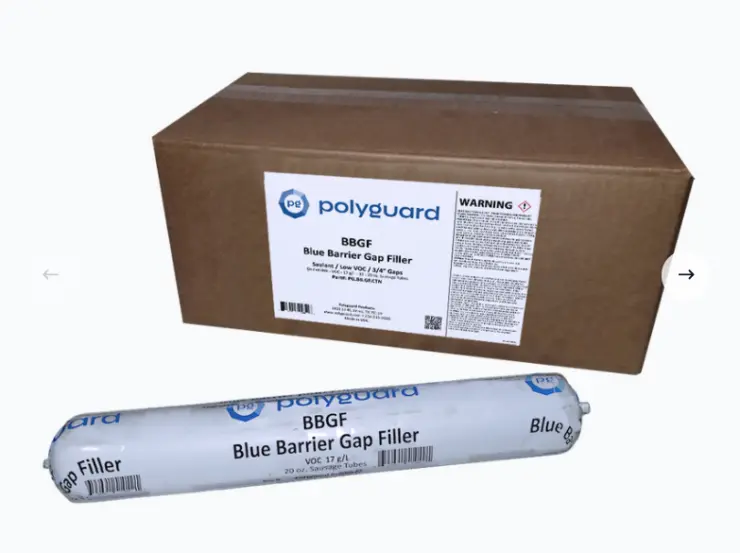
When sealing the gap between a concrete slab and wall—especially alongside a sill plate barrier like TRM Sill—you need more than just a basic caulk. A flexible, high-performance sealant is key, and that’s exactly what Blue Barrier Gap Filler delivers.
With an impressive elongation range of 215% to 250%, it’s built to stretch and compress as the concrete moves over time. It bonds tightly to both dry and damp surfaces, making it ideal for foundations where moisture is often present. Plus, its UV resistance means it can handle sun exposure for up to nine months, though for long-term durability, it’s best to cover it when used on exposed slab edges.
Unlike off-the-shelf caulks that tend to crack or peel, Blue Barrier Gap Filler holds strong—providing a long-lasting, flexible seal that won’t break down under pressure.
How to Properly Prepare the Gap for Sealing
Even the best sealant won’t stick to a surface that’s dirty, dusty, or falling apart. Proper prep work is a must. Start by clearing out the gap with a wire brush to get rid of loose debris, old material, and any crumbling concrete. Then, use compressed air or a vacuum to remove fine dust particles that could prevent the sealant from bonding. Taking the time to do this right helps ensure a strong, long-lasting seal that holds up over time.
Why Backer Rods Matter
If the gap is wider than 1/4 inch, placing a backer rod in the space before sealing is the way to go. It helps fill the gap and gives the sealant a firm surface to press against, which keeps it in place as the concrete naturally shifts. The backer rod also keeps the sealant from going too deep, making it easier for the seal to flex and move. Using the right size makes a big difference in how well everything holds up over time.
Application Tips for Lasting Results
After the gap is properly cleaned and prepped, the next step is to apply Blue Barrier Gap Filler to seal it up for lasting protection. Using a high-quality caulking gun, run a smooth, steady bead of sealant along the length of the gap, making sure there are no gaps or air pockets where water could sneak in. Let the sealant slightly overlap both the slab and the wall to create a solid, watertight connection. Then, use a putty knife to smooth it out—this not only gives it a clean, finished look but also helps press the sealant into place for a strong, lasting hold.
Preventing Future Gaps and Long-Term Maintenance
Sealing existing gaps is important, but keeping problems from coming back starts with good site management. One of the most effective steps is making sure the soil slopes away from the foundation. This helps keep water from pooling near the slab and washing away its support. Adding drainage solutions—like French drains or properly positioned downspouts—can also go a long way in keeping the soil around your home dry and stable.
Even after the sealant is in place, it’s a good idea to do a quick inspection each year—especially before winter hits or after heavy rain. Look for new gaps, signs of movement, or any wear in the sealant, and reseal as needed to stay ahead of potential damage. Using a professional-grade product like Blue Barrier 2200 from the start helps make these checks less frequent and more effective, giving your structure longer-lasting protection.
Protect Concrete Gaps with Polyguard’s Blue Barrier Gap Filler and TRM Sill
For those looking to address gaps with a lasting, professional-grade solution, Polyguard’s Blue Barrier Gap Filler, combined with TRM Sill for sill plate protection, delivers unmatched performance. Together, they offer a complete system for sealing and protecting concrete slabs and walls from moisture, pests, and long-term damage. Contact us today for more information.




